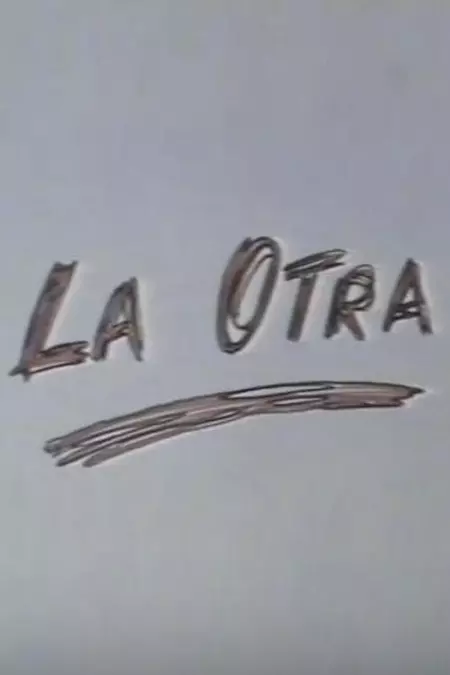Sholay (1975)
Sholay (1975)

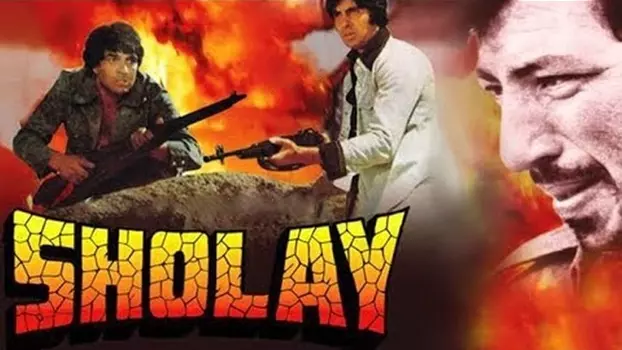
Plot.
Where to Watch.
 Rent
Rent Rent
Rent Ads
Ads Rent
Rent Free
FreeCurrently Sholay is available for streaming online, rent, buy or watch for free on: Apple TV, Google Play Movies, Tubi TV, Amazon Video, Kanopy
Streaming in:🇺🇸 United States

Cast & Crew.
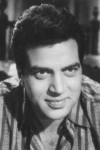
Dharmendra
Veeru

Amitabh Bachchan
Jai
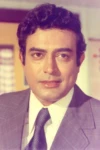
Sanjeev Kumar
Thakur Baldev Singh
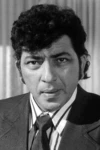
Amjad Khan
Gabbar Singh
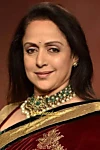
Hema Malini
Basanti
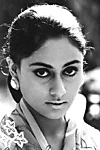
Jaya Bachchan
Radha
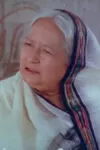
Leela Mishra
Mausi
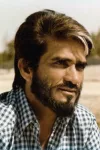
Mac Mohan
Sambha
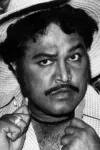
Viju Khote
Kaalia
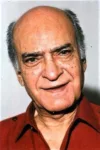
A.K. Hangal
Imaam Saheb
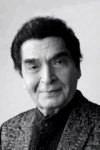
Govardhan Asrani
Jailor
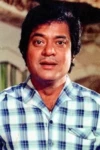
Jagdeep
Soorma Bhopali
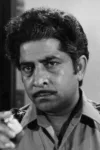
Satyendra Kapoor
Ramlal

Keshto Mukherjee
Hariram
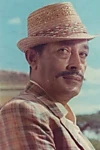
Iftekhar
Narmalaji
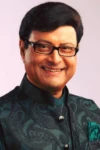
Sachin Pilgaonkar
Ahmed

Arvind Joshi
Elder Son of Thakur

Sharad Kumar
Ninni

Gita Siddharth
Geetha
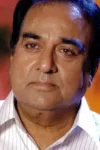
Vikas Anand
Jailor

Raj Kishore
Gay Jail Inmate
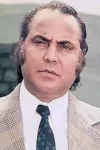
Om Shivpuri
Police Officer
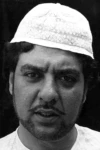
Jalal Agha
Gypsy Singer
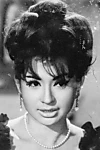
Helen
Gypsy Dancer
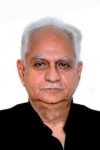
Ramesh Sippy
Director
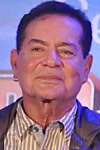
Salim Khan
Writer
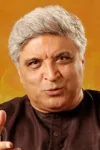
Javed Akhtar
Writer

M.S. Shinde
Editor

Sharad Palekar
Assistant Director

Suresh Desai
Production Manager

Khalish Lucknavi
Assistant Director

Dinu Indulkar
Makeup Artist

Rajan Walia
Production Manager

A.R. Balan
Assistant Director

Dwarka Divecha
Director of Photography

Ram Yedekar
Art Direction / Production Design

M.S. Deepak
Makeup Artist

Lily
Hairstylist

G.P. Sippy
Producer

Aziz Bhai
Production Manager

Kishen Bishen
Assistant Director

Parvati
Hairstylist
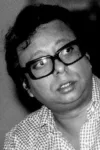
Rahul Dev Burman
Music / Playback Singer

Sarosh B. Modi
Makeup Artist

D.R. Thakkar
Assistant Director
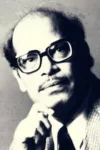
Manna Dey
Playback Singer
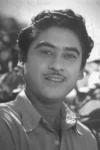
Kishore Kumar
Playback Singer
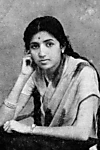
Lata Mangeshkar
Playback Singer
Media.








Details.
Release DateAugust 15, 1975
Original Nameशोले
StatusReleased
Running Time3h 24m
Budget$408,000
Box Office$4,800,000
Filming LocationsRamanagara, India
Genres
Last updated:
This Movie Is About.
Wiki.
Sholay (Hindustani: [ˈʃoːleː] , transl. 'Embers') is a 1975 Indian epic action-adventure film directed by Ramesh Sippy, produced by his father G. P. Sippy, and written by Salim–Javed. The film is about two criminals, Veeru (Dharmendra) and Jai (Amitabh Bachchan), hired by a retired police officer (Sanjeev Kumar) to capture the ruthless dacoit Gabbar Singh (Amjad Khan). Hema Malini and Jaya Bhaduri also star, as Veeru and Jai's love interests, Basanti and Radha, respectively. The music was composed by R D Burman.
The film was shot in the rocky terrain of Ramanagara, in the southern state of Karnataka, over a span of two and a half years, beginning in October 1973. After the Central Board of Film Certification mandated the removal of several violent scenes, Sholay was released as a 198-minute long film. In 1990, the original director's cut of 204 minutes became available on home media. When first released, Sholay received negative critical reviews and a tepid commercial response, but favourable word-of-mouth publicity helped it to become a box office success. It broke records for continuous showings in many theatres across India, and ran for more than five years at Mumbai's Minerva theatre. The film was also an overseas success in the Soviet Union. It was the highest-grossing Indian film ever at the time, and was the highest-grossing film in India up until Hum Aapke Hain Koun..! (1994). By numerous accounts, Sholay remains one of the highest-grossing Indian films of all time, adjusted for inflation.
Sholay is often regarded as one of the greatest and most influential Indian films of all time. It was ranked first in the British Film Institute's 2002 poll of "Top 10 Indian Films" of all time. In 2005, the judges of the 50th Filmfare Awards named it the Best Film of 50 Years. The film is a Dacoit Western (sometimes called a "Curry Western"), combining the conventions of Indian dacoit films with that of Spaghetti Westerns along with elements of Samurai cinema. Sholay is also a defining example of the masala film, which mixes several genres in one work. Scholars have noted several themes in the film, such as glorification of violence, conformation to feudal ethos, debate between social order and mobilised usurpers, homosocial bonding, and the film's role as a national allegory. The combined sales of the original soundtrack, scored by R. D. Burman, and the dialogues (released separately), set new sales records. The film's dialogues and certain characters became extremely popular, contributing to numerous cultural memes and becoming part of India's daily vernacular. In January 2014, Sholay was re-released to theatres in the 3D format.
You May Also Like.
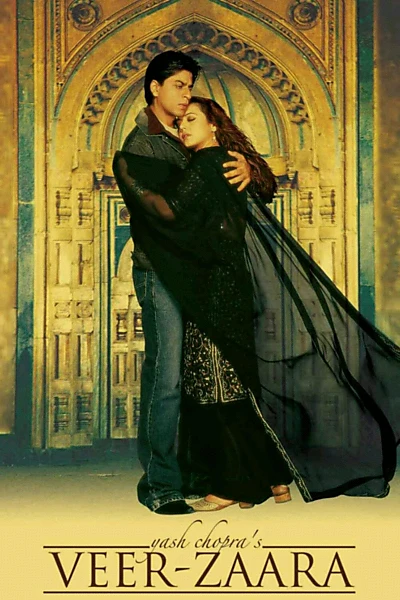
Veer-Zaara (2004)
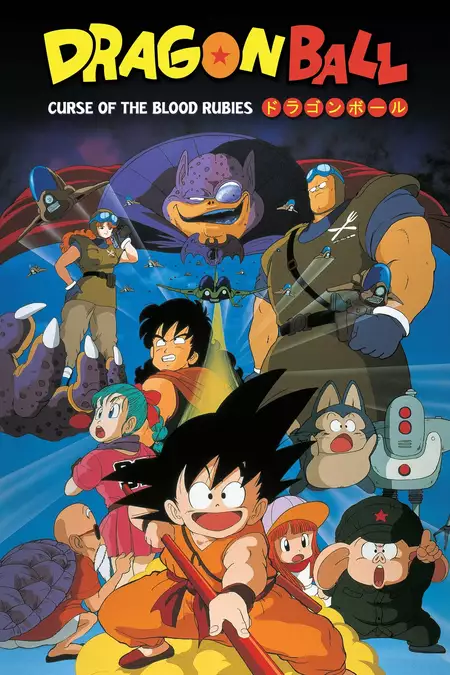
Dragon Ball: Curse of the Blood Rubies (1986)
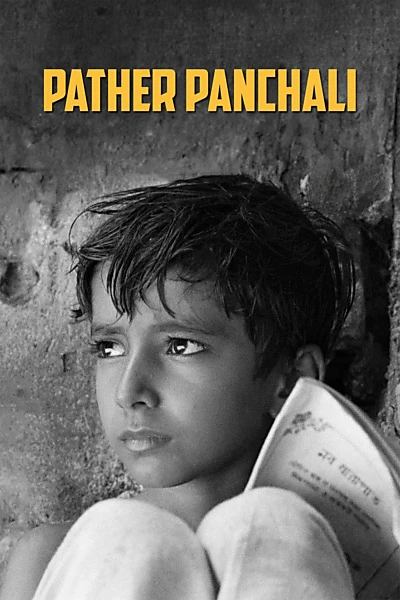
Pather Panchali (1955)

Plus One (2019)
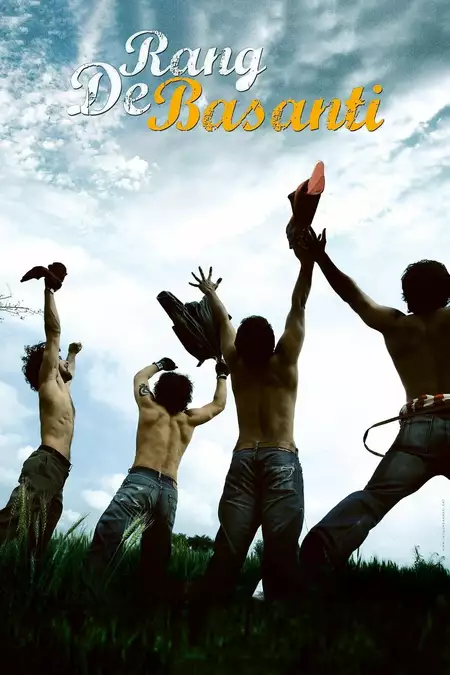
Rang De Basanti (2006)

Badla (2019)
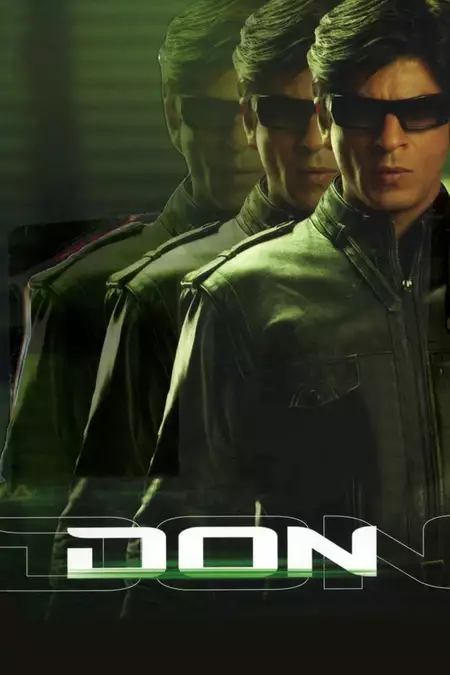
Don (2006)
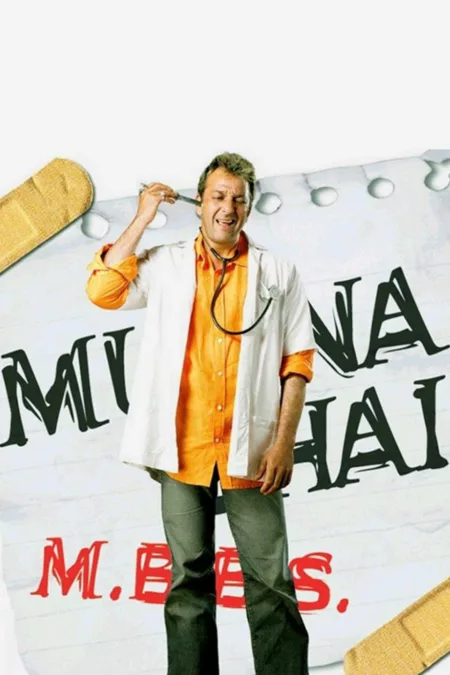
Munna Bhai M.B.B.S. (2003)

Mughal-e-Azam (1960)
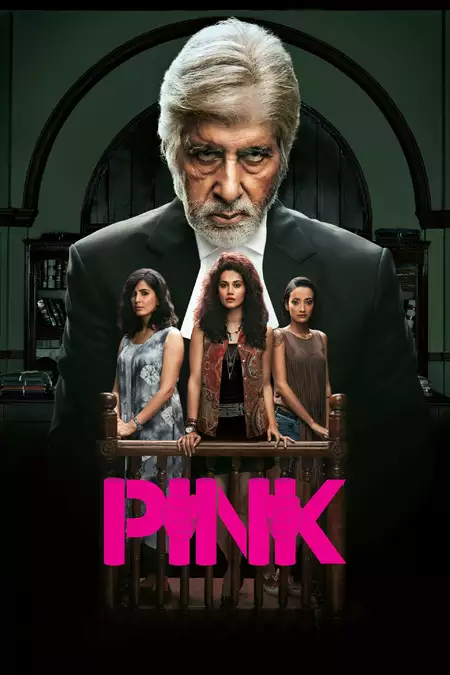
Pink (2016)
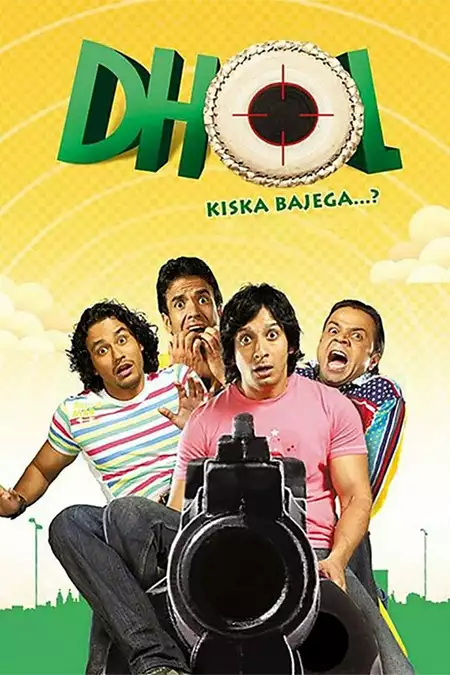
Dhol (2007)
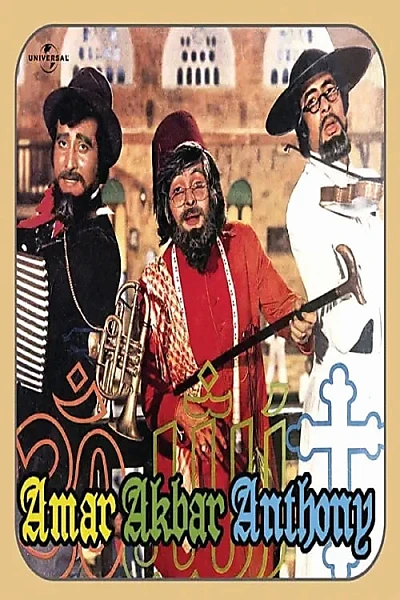
Amar Akbar Anthony (1977)
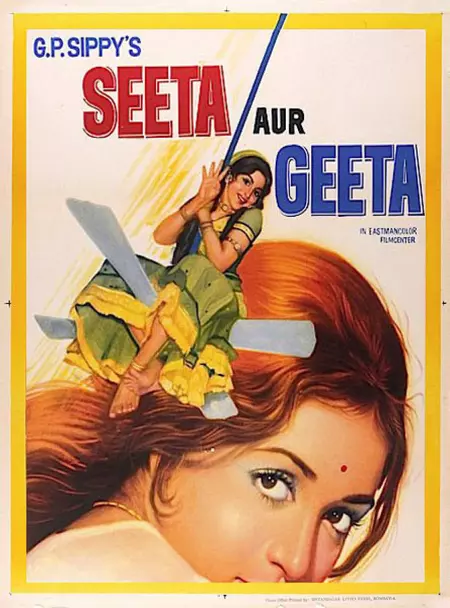
Seeta and Geeta (1972)
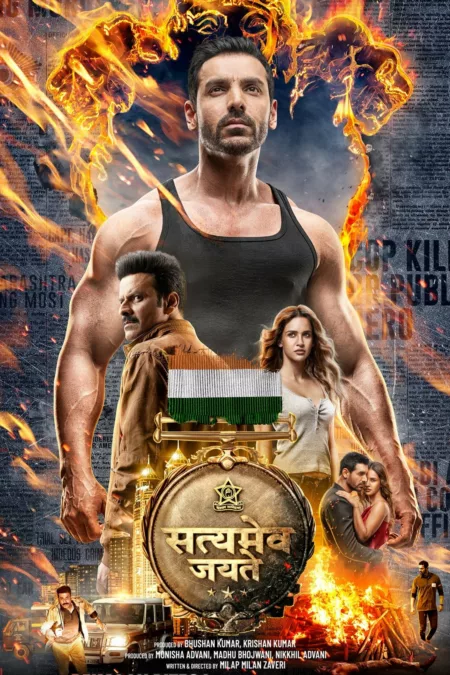
Satyameva Jayate (2018)
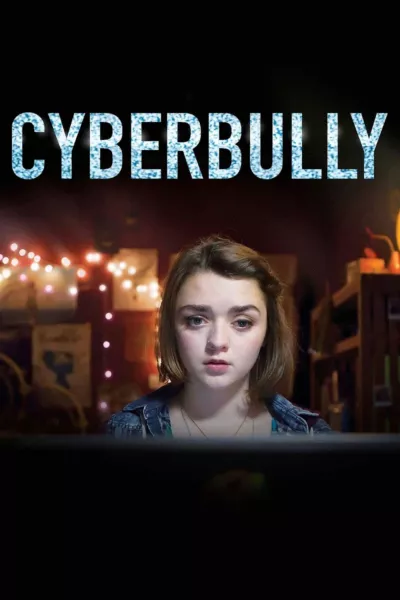
Cyberbully (2015)
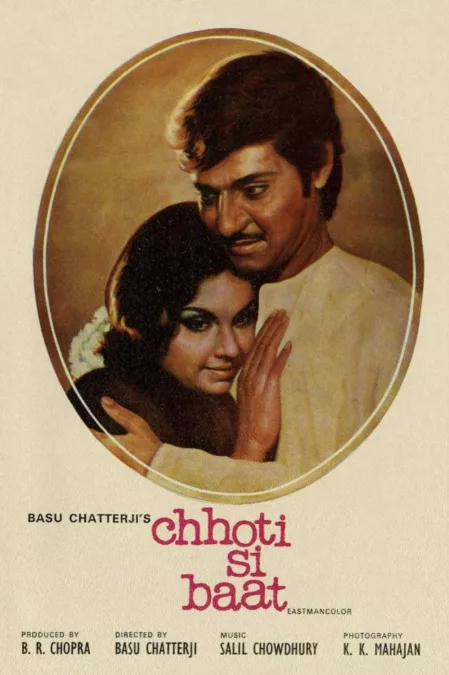
Chhoti Si Baat (1976)
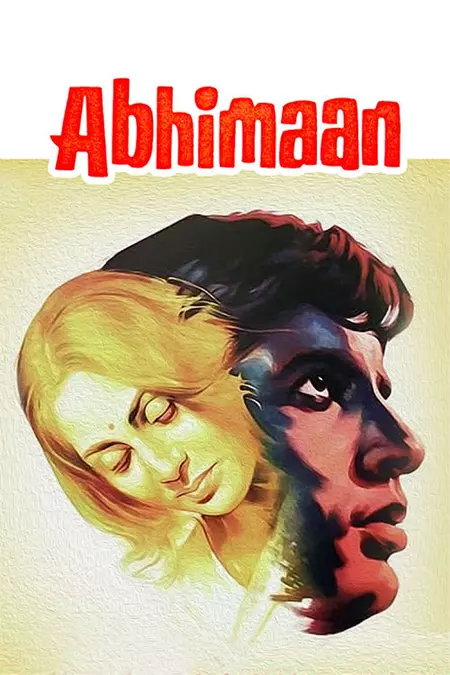
Abhimaan (1973)
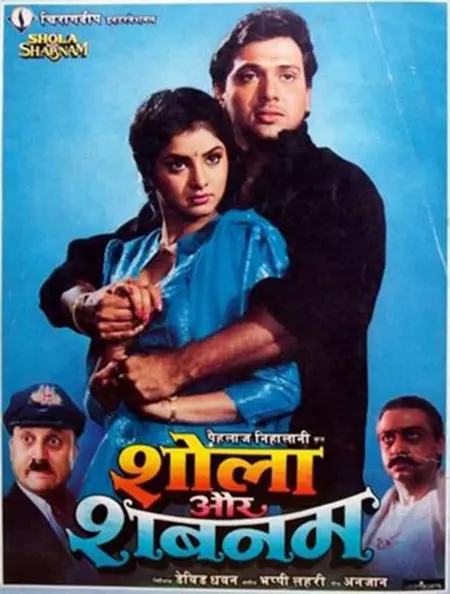
Shola Aur Shabnam (1992)
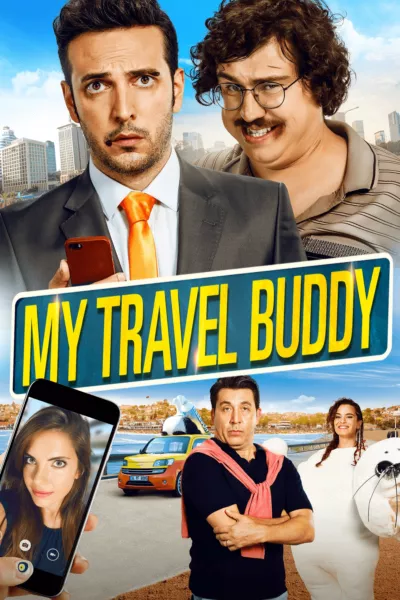
My Travel Buddy (2017)
